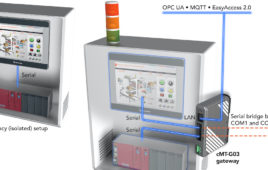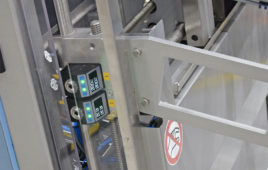The Wearable Artificial Kidney (WAK) is a concept that promises patients suffering from kidney failure an alternative to conventional dialysis. The tool-belt sized prototype has been granted approval for human testing in the United States by the FDA with clinical trials scheduled to take place in Seattle later this year.
The result of over a decade of development, the WAK was conceived by a team led by Victor Gura at the Cedars-Sinai Medical Center, Los Angeles and the David Geffen School of Medicine at UCLA. It’s a miniature dialysis machine that is connected to the patient by means of a catheter. According to the team, with such a device, patients would no longer be spending time in long, boring static sessions, but could be out and about working or playing while the wearable unit cleaned their blood on the go.
In terms of its design, WAK is almost identical to larger dialysis machines, but by taking advantage of recent advances in batteries, materials, and miniaturization, the WAK team has been able to radically reduce the size of the wearable machine and the amount of water needed from 40 gal (151 L) to a pint (0.5 L). The WAK device is at the prototype stage and has undergone limited human testing in Italy and the UK.
Filed Under: M2M (machine to machine)




